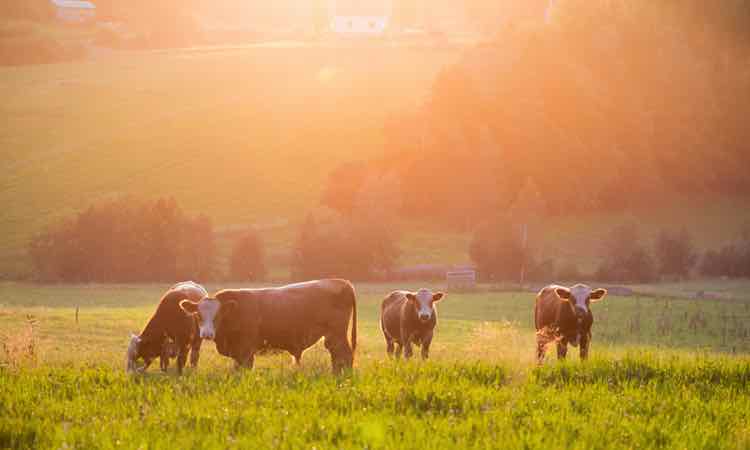A new agricultural initiative in California is putting carbon sequestration into practice to reverse climate change. The program, called carbon farming, encourages farmers to embrace organic, sustainable practices that have been proven to keep carbon dioxide in the ground instead of in the air. Farmers participating in the program set aside sections of their land and work to return them back to their natural state. These parcels are left to grow on their own, without fertilizers or tilling. The land eventually returns to its natural polyculture system and livestock is brought in to graze the land. Once grazed, the animals move off this plot of land and onto another. This continual grazing rotation allows the plants to regenerate and preserves healthy soil.
A report published in early 2014 by the University of California–Berkeley confirmed that this process is successful in trapping excess carbon, therefore improving the environment as well as soil health: “Management practices that conserve and enhance carbon storage in rangelands as well as prevent losses to the atmosphere can help mitigate climate change while enhancing sustainability under future climate scenarios.”
Under the carbon farming initiative in California, farmers receive carbon credits based on the measurable amounts of carbon in the soil. Studies of the soil have found that this process not only works, but the healthier soil continues to capture more and more carbon over time.
The amount of carbon dioxide in the atmosphere is a key indicator of the damage being done to the environment. Since the industrial revolution, atmospheric CO2 has risen by 30 percent, due largely to burning fossil fuels, deforestation, and land use changes. While scientists and policy makers continue to work toward viable solutions, farmers are also doing their part, not only in California but also across the country.
Mississippi rancher Allen Williams, Ph.D. also implements this rotational grazing system, and the benefits he’s seen are multifaceted. “We’re saving money. We’re not having to buy herbicide, we’re not having to employ machinery, tractors and equipment…These plants are just almost going nuts, so to speak, with photosynthetic activity once we take the cattle off, and that is allowing these plants, since they are rapidly regrowing, to capture carbon out of the air and put it back into the soil.”
For more information on the effects of carbon in the atmosphere and how carbon farming is helping, check out the film “Carbon Nation”, currently streaming on Hulu and the short film “Soil Carbon Cowboys”.













